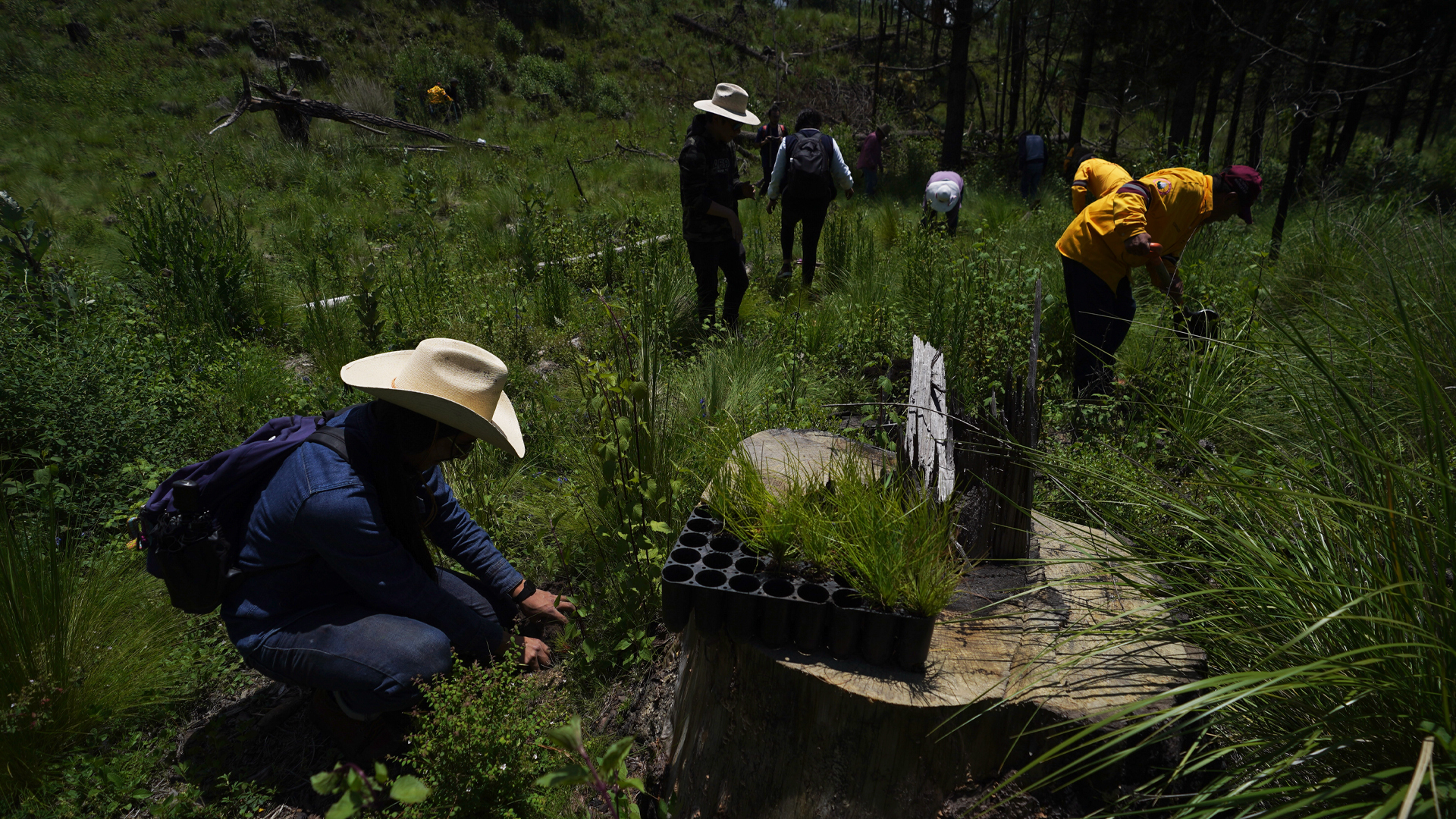
Which policy reforms would be most effective in reducing child poverty? The US National Academies of Sciences, Engineering and Medicine convened a group of scholars and experts to study this question. The committee’s name stated its specific goal: “The Committee on Building an Agenda to Reduce the Number of Children in Poverty by Half in 10 Years.”
The committee’s February 2019 report noted that child poverty in the US has gone down substantially over the last 50 years but still remains high, at 13 percent. That is the proportion of all children living in families with incomes below approximately C$35,000. The report explains that packages of reforms, addressing multiple objectives at once, would work better than individual measures to cut this rate.
Anti-poverty programs are aimed at reducing “money” poverty but have other objectives, too. For example, it is widely agreed that anti-poverty programs should reward work and should help the working poor as well as the nonworking poor. Programs to address specific needs like housing, medical care and food have strong public and political support in most countries; programs that provide cash assistance are popular too. Another common goal is to help the very poorest of the poor — the most disadvantaged, struggling families — as well as those somewhat better off even though still poor. Another norm that is widely shared is that anti-poverty programs should support families with special disadvantages, such as racial minorities (and, in Canada, Indigenous people).
After a careful review, the committee identified 20 separate reforms of the US social safety net that, on the basis of existing evidence, have the potential to reduce child poverty substantially. These reforms include expansions of food and housing programs; additional benefits to assist employment through magnified child care subsidies or earnings credits through the tax system; increased minimum wages; work and training programs; and a cash benefit to families with children, with some features resembling those of the Canada Child Benefit.
On the basis of detailed simulations and calculations of each program, the committee concluded that, while all the programs would reduce child poverty, very few would come close to having the magnitude of impact it was aiming for. The most successful single program, according to the committee’s calculations, would be a version of a child benefit, which would reduce child poverty by about 40 percent. Increased earnings tax credits and more generous housing subsidies for low-income families would have the next-greatest impact. But most of the other programs would not be nearly as effective, usually reducing child poverty by about 1 percentage point.
In addition, some programs would not do well in reinforcing other objectives that anti-poverty programs should ideally promote. For example, some would discourage work among recipients and lead to decreases in employment among poor people. Other programs, like the earned income tax credits and child care subsidies, would encourage work but do very little to assist the poorest of the poor and racial minorities.
In response to these results, the committee proposed a new approach: to put together “packages” of multiple programs. These could address the multiple needs many families have: some need more housing, some need supplements to their earnings, and some just need more cash to deal with short-term problems like layoffs, sudden family crises and other kinds of emergency needs. Packages with multiple reforms would also avoid reliance on a single program to solve the poverty problem, which would require very high levels of spending to do so.
The proposed packages brought together three types of reforms: higher benefits through in-kind means-tested programs, which provide the greatest assistance to families with the deepest need; programs to provide more support that is channelled through employment; and universal or near-universal cash programs like the child benefit. Simulations of such packages showed they would be far more successful in reducing child poverty than individual programs. Indeed, two of the packages would achieve the goal of reducing child poverty in the US by 50 percent within 10 years, bringing the rate from 13 percent to 6.5 percent or below.
In addition, these packages would satisfy many other objectives. For example, they would increase employment among low-income adults by about half a million jobs. They would provide major assistance to the poorest of the poor as well as to families slightly better off, and to racial minorities.
The annual costs of the packages would be substantial: up to about C$130 billion. But the committee found that these costs would be small relative to the costs of child poverty to the economy, and relative to total US spending on social programs.
The lessons of this study of US policies and conditions can be applied in other countries: cutting child poverty by 50 percent is feasible and not outside the cost range that developed countries can afford, and the “package” approach — combining multiple reforms to address multiple needs and multiple stakeholder groups — holds great promise for poverty reduction. Expanding policy discussions to consider simultaneous reforms of multiple programs with different goals — some encouraging more work-ready families to enter or expand their employment, some helping the unemployed who have the greatest barriers to work, and others aimed at the reducing the special disadvantages of racial and ethnic minorities — would have a greater total impact on poverty.
This article is part of the Ensuring inclusive prosperity when all boats aren’t being lifted special feature.
Photo: Shutterstock/By Ralf Geithe.
Do you have something to say about the article you just read? Be part of the Policy Options discussion, and send in your own submission. Here is a link on how to do it. | Souhaitez-vous réagir à cet article ? Joignez-vous aux débats d’Options politiques et soumettez-nous votre texte en suivant ces directives.








